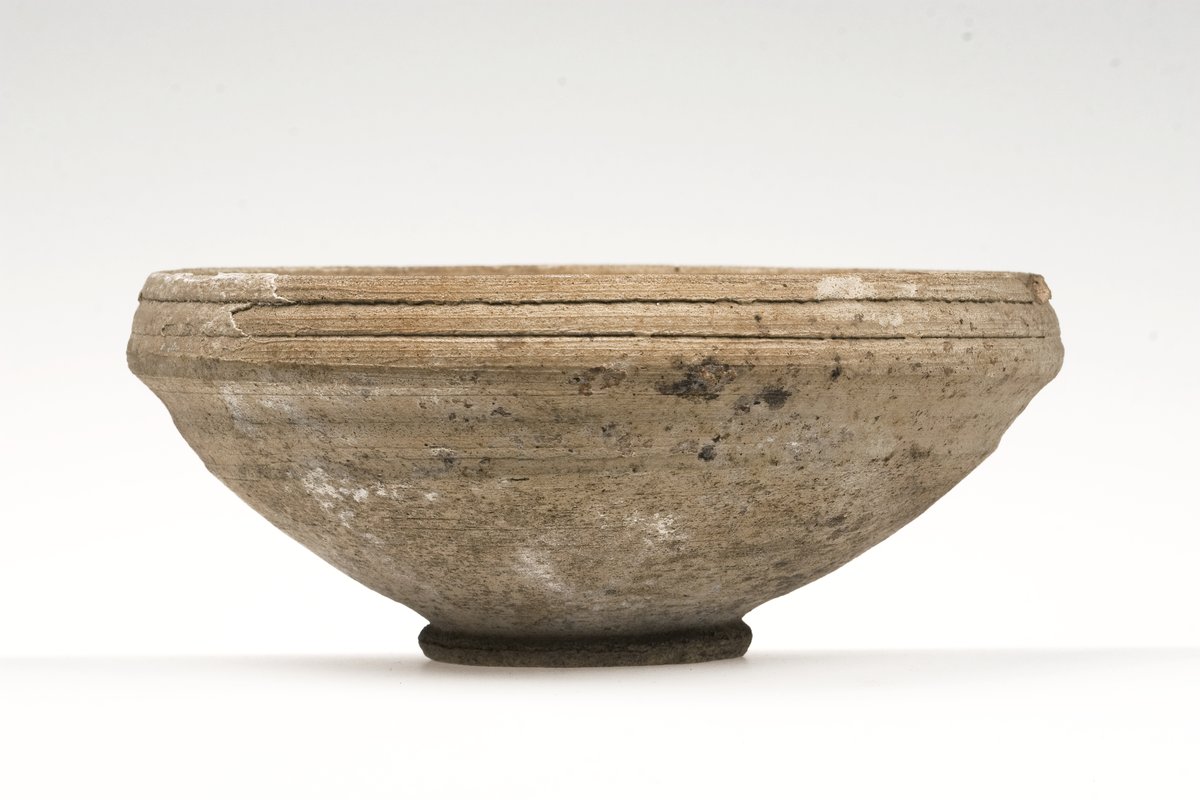
Bowl with inverted rim from Syria
Classical Antiquities
| Készítés ideje | ca. 480 B.C. |
|---|---|
| Tárgytípus | relief |
| Anyag, technika | carved, pietra fetida |
| Méret | 30 × 54 × 54 cm |
| Leltári szám | 2006.2.A |
| Gyűjtemény | Classical Antiquities |
| Kiállítva | Museum of Fine Arts, Basement Floor, Classical Antiquity, Hellas – Italy – Rome |
In the 6th century B.C., local workshops in Chiusi, one of the greatest centres of archaic Etruscan art, developed a unique artistic form for the creation of funerary monuments. The urns and sarcophagi carved of local limestone, and the typically Etruscan, pillar-shaped funerary monuments composed of several elements, were decorated with scenes related to funerary rites.
All four sides of the Budapest cippus feature reliefs representing scenes of funerary games in prefect condition. The various events are easily recognisable: besides athletes participating in chariot and running races, wrestling, and boxing, discus and javelin throwers are also present. The contests are supervised by referees holding tall staves and official insignia consisting of a bundle of three rods (fasces), administration is carried out by scribes. The sporting events are accompanied by musicians, and complemented with a show of acrobatics, as well as the presence of masked Phersu figures, common in Etruscan festivals, who connect the human and divine world.
Our most beautiful literary source on funerary games in honour of the deceased, which were also common in the Greek world, is to be found in Book 23 of the Iliad, when Achilles funds games and offers prizes in memory of his dead friend, Patroclos. The scenes represented on the Budapest cippus appear in almost identical form on monuments (tomb frescoes and vases) from other Etruscan centres in the 6th and 5th centuries, which suggests that this may have been the usual programme of Etruscan funerary rites.
Following SZILVIA LAKATOS
A folyó kutatások miatt a műtárgyra vonatkozó információk változhatnak.